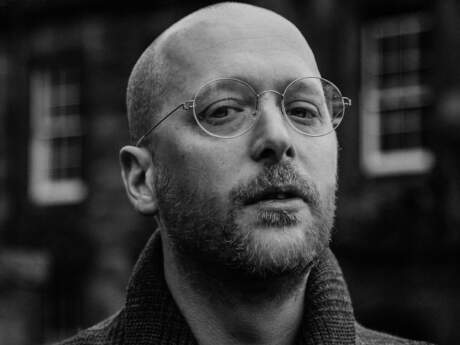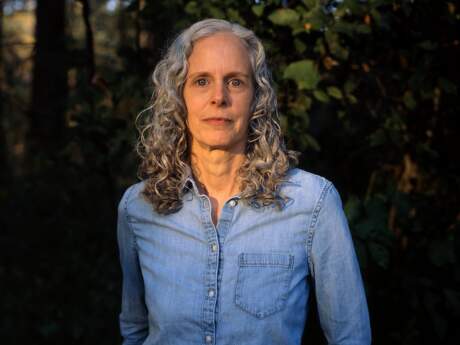In Their Own Words
Lauren Shapiro’s “The Conversation”
The Conversation
There is always a woman eating a sandwich.
Today she is large as everything
that wasn't said. It is ham and cheese.
Who cares. You're watching me, she seems
to say. Being alone is unlike a chess move.
It is unlike hanging out at the bowling alley
with Dale Hickey. A hundred stuffed animals
the size of a fist and I can't make the claw catch.
Turkey, says Dale Hickey. The lights
are making turkey shapes all over
the place.Turkey. I heard you.
The woman has finished eating her sandwich
and is on to another one. Now she is tiny
as a shrimp. She is eating the smallest
egg salad sandwich in the world. I think,
Maybe I will speak to her. But she does it first.
I've wanted to talk to you for ages, she says,
but instead I keep eating all these sandwiches.
I know, I say. And I keep going to the bowling alley
with Dale Hickey. It's been hell.
From Easy Math (Sarabande, 2013). All rights reserved. Reprinted with the permission of the author.
On "The Conversation"
In many ways, my collection Easy Math is about how hard basic communication can be, and this poem, the first in the book, examines that idea. It also examines the absurdity of our daily lives, the excitement that we can reap from the weirdest cultural prizes (Three strikes! Turkey!), and the disconnect between what we are living and what we are feeling.
While most of the characters in the book are made-up or famous historical figures placed into contemporary settings, Dale Hickey is actually the name of a girl I knew when I was about eight. She had a single father who was a bowler, and we would hang out at the bowling alley together. Because she was there so often, she knew how to get the toys out of the claw catcher like a pro. I always felt out of place and sort of scared at the bowling alley, essentially unsupervised in a strange world of lights and sounds and prizes just out of reach. I sometimes feel that same emotion as an adult, of being stuck in an alternate pop-culture reality without even realizing it, and that is what I was trying to examine in the poem. In the end of "The Conversation", the narrator and the woman are able to acknowledge the absurdity of their uniquely repetitive lives, and this acknowledgement and connection is their own form of breaking free.
As a writer, I prefer to work in the early morning, sitting in a comfortable chair with a cup of tea or coffee, several books of other people's poetry, and my journal. If the stars are aligned, and if my toddler remains asleep, I am able to journey elsewhere. Of course, the writing and reading processes are quite different, and it's been interesting to hear how my poems have been interpreted or have affected readers. For example, I've read several places that I've written about the Australian Minimalist artist Dale Hickey in a poem called "The Conversation". I love that interpretation, and I love that people can read that and then go online and learn about a new artist. Poetry takes us in so many directions.


